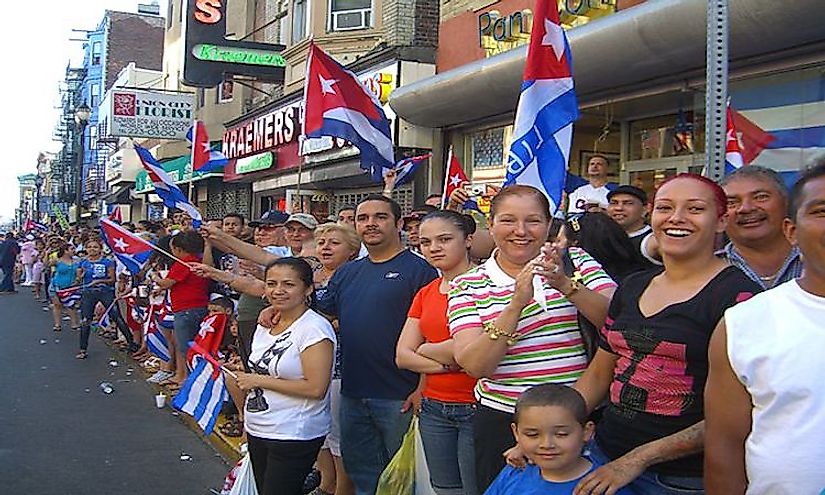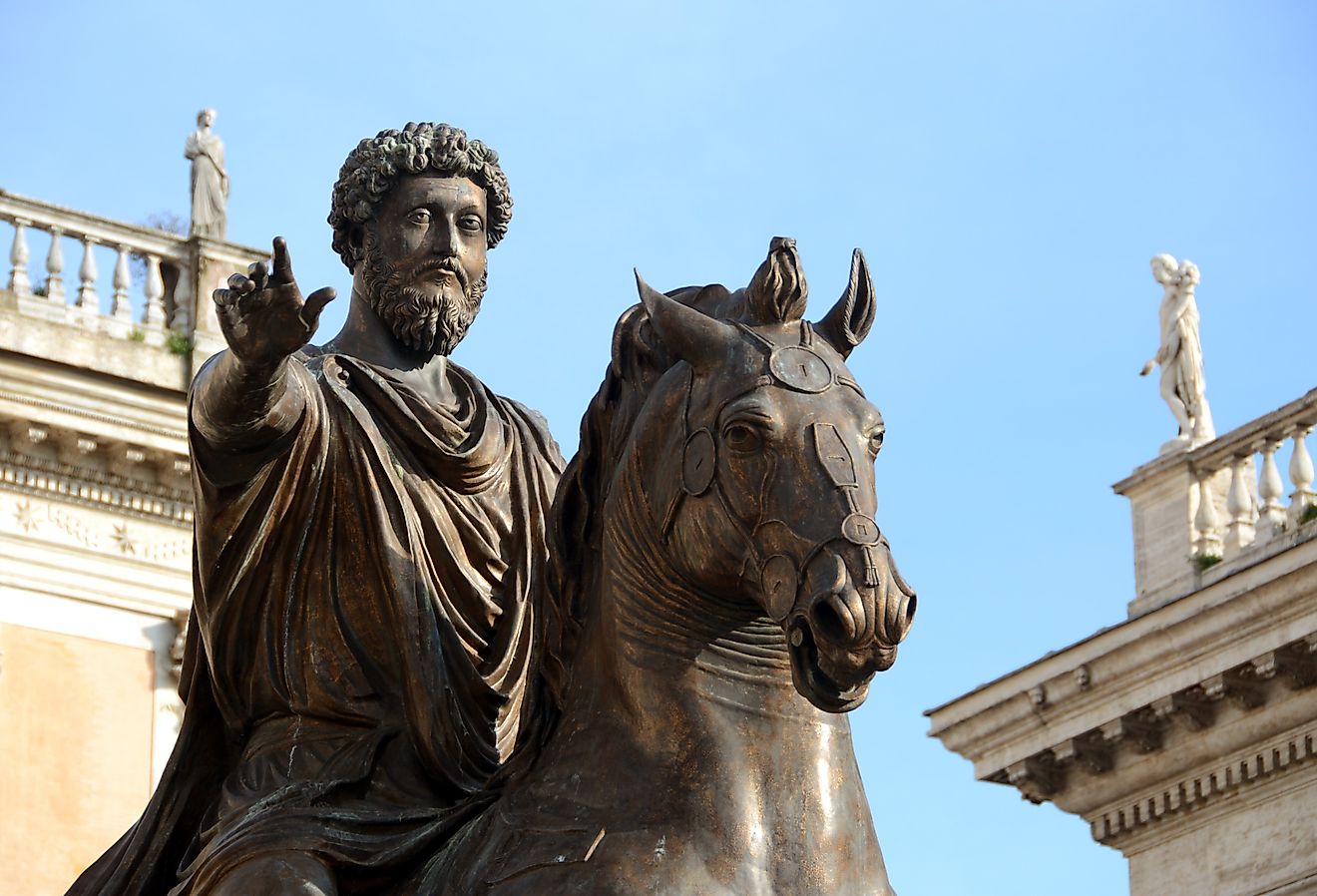What Is The Population Of Cuba?

Cuba is a Caribbean country whose capital city is Havana. It is the largest and the most populous island in the Caribbean. Cuba covers an area of 110,860 square kilometers and is slightly smaller than the state of Pennsylvania; it borders Guantanamo Bay, a US Naval Base leased by the US but remains part of Cuba. The country is multi-ethnic with diverse culture derived from the origins of different groups, the African slaves, the Spanish colonizers, and the interaction with the Soviet Union during the Cold War.
History Of The Population Of Cuba
The native inhabitants of Cuba were the American Indian people, and the first Spanish settlement was set up in Cuba in the 16th century. The Spanish colonizers forced the indigenous population to work contributing to the weakening of the indigenous people. Measles and smallpox outbreaks killed many of the indigenous people as they lacked natural immunity to fight these diseases. After the British invasion in the mid-eighteenth century, slaves from West Africa were brought to provide labor in the sugarcane plantations. In 1817 the population of the blacks was at the highest due to the active slave trade in Cuba. The whites were the second largest followed by the mixed race people. Presently, Cuba has a life expectancy of about 78 years due to proper medical care, low infant mortality rate (4.6 deaths per 1000live births), low death rate (7.8 deaths/1000 inhabitants) and a high doctor to patient ratio. The growth rate was -0.1% as recorded between 2002 and 2012.
Racial Groups In Cuba
Cuba’s population is 11,239,004 according to 2015 figures and it is comprised of several races that immigrated to the island. The different races found in Cuba include the whites, Asians, Africans, and the Mulato. The whites are the largest group at 64.1% followed by the Mulato (mixed race) at 26.6%. The blacks are the minority race in the country at 9.3%.
Languages Spoken By The People Of Cuba
Spanish is the official language of Cuba. It is also the most widely spoken language in the country. The Haitian Creole is the second largest language mainly spoken by the immigrants from Haiti. Other languages used in Cuba are Lucumi, a dialect of the West African Yoruba language, Galician, and Corsican which are mainly spoken by immigrants.
Religion Of The People Of Cuba
During Castro’s rule in Cuba, the nation was declared an atheist state but was later categorized as a secular state in the 1991 constitution. The Roman Catholic Church is the largest organized worship group with about 60-70% membership, followed by the Protestants (mainly Baptists and Pentecostals), the Jehovah Witnesses with populations of about 94000, Seventh-day Adventists, Presbyterians, Quakers, Mormons, and Jews are some of the religious groups in Cuba. Muslims, the Russian Orthodox, Buddhists, and Baha’i are also found in Cuba.
Current And Future Demographic Trends Of The Population Of Cuba
The growth trend in Cuba has taken a downward trend over the past decades, and its growth rate is among the slowest in the western hemisphere at 9.8 births per 1000 inhabitants. Cuba has registered a decline in the birth rates over the past few years due to unrestricted access to abortion facilities as well as the widespread use of family planning methods. The growth rate has decreased to the negative and is projected to continue declining over the years.
What Is The Population Of Cuba?
| Rank | Facts Related To The Population Of Cuba | Figures |
|---|---|---|
| 1 | Population | 11,239,004 (2015) |
| 2 | Growth rate | -0.1% (2002–12) |
| 3 | Birth rate | 9.92 births/1,000 inhabitants |
| 4 | Death rate | 7.58 deaths/1,000 inhabitants |
| 5 | Life expectancy | 78.0 years |
| 6 | Infant mortality rate | 4.76 deaths/1000 live births |
| 7 | Major ethnic | White (64.1%) |
| 8 | Minor ethnic | Mulatto or mestizo (26.6%), black (9.3%) |











